— The Forgotten Gods —
An on-going art series that features obscure gods from across ancient histories and cultures.
"To absent friends, lost loves,
old gods, and the season of mists;
and may each and every one of us
always give the devil his due. " - Neil Gaiman

Bifrons
In Solomonic Literature, Bifrons is an evil spirit that appears in a haunting form, yet able to look human as its magician master sees fit. A unique demon who knows astrology and arithmetic very well, but also has a darker power that deals with necromancy. Aside from the intelligence in numbers and logic, Bifrons can command the dead, change their looks, transport them to any place to terrorize. Half of the "people" in your city could be corpses under Bifrons' spell, dead people walking—that could be you—and no one would know. A strange and horrifying demon that King Solomon had under his control.

Manisilat
In Philippine Mythology, Manisilat is a sinister goddess that delights in seeing broken homes. She moves in when couples argue or when relationships within families crumble. This spirit goes mad upon seeing healthy relationships and happy families. One might say that this is due to envy, such that she would even change her form to a human (not necessarily a mistress), and come to people's lives to destroy families. She manipulates emotions, mainly to separate couples. It's easy to judge her as an evil deity, but one cannot help to feel bad. What happened in Manisilat's past that made her this way? Psychoanalytically, perhaps, the more appropriate title for her is "the unloved goddess."

Adrammelech
Adrammelech was a disturbing false god worshiped by the people of ancient Sepharvaim, a town in Assyria. The Sepharvites would sacrifice human life as an offering to this man-made god, a familiar practice in other ancient cultures, such as the Aztecs, Romans, Vikings, and Egyptians. In the 2 Kings 17, the Sepharvites served Adrammelech, all the while also worshiping the true God of Israel, the same One who commanded them not to bow down to any other gods before Him. Adrammelech symbolizes sheer idolatry and hypocrisy against the Living God—the One who commanded "thou shall not worship any other gods" and "thou shall not murder", yet the Sepharvites were willing to burn their fellow men out of ritualistic worship to their 'other' empty idols.
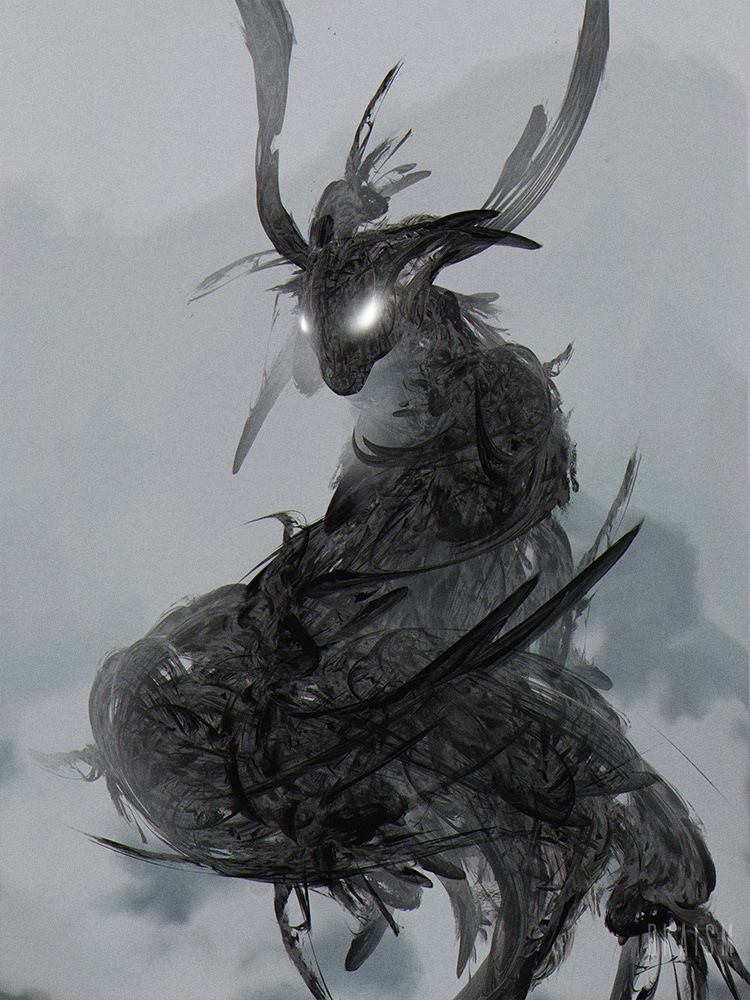
Resheph
In Canaanite Mythology, Resheph is the god of plague, healing, and war—a strange trinity of powers. Resheph is an underworld god that is also significantly present in ancient Phoenician, Ugaritic, Aramaic, and Egyptian literature. The Hebrew Bible mentions Resheph several times in a way that is associated with chaos. On the other hand, Egyptian Mythology often highlights his ability to heal rather than harm. One might ask which one is Resheph’s true nature, as he could afflict you and cure you, attack you and heal you, perhaps even over and over, a nightmarish torture. Resheph: a unique deity of light and shadows. A dangerous deity from the ancient world.
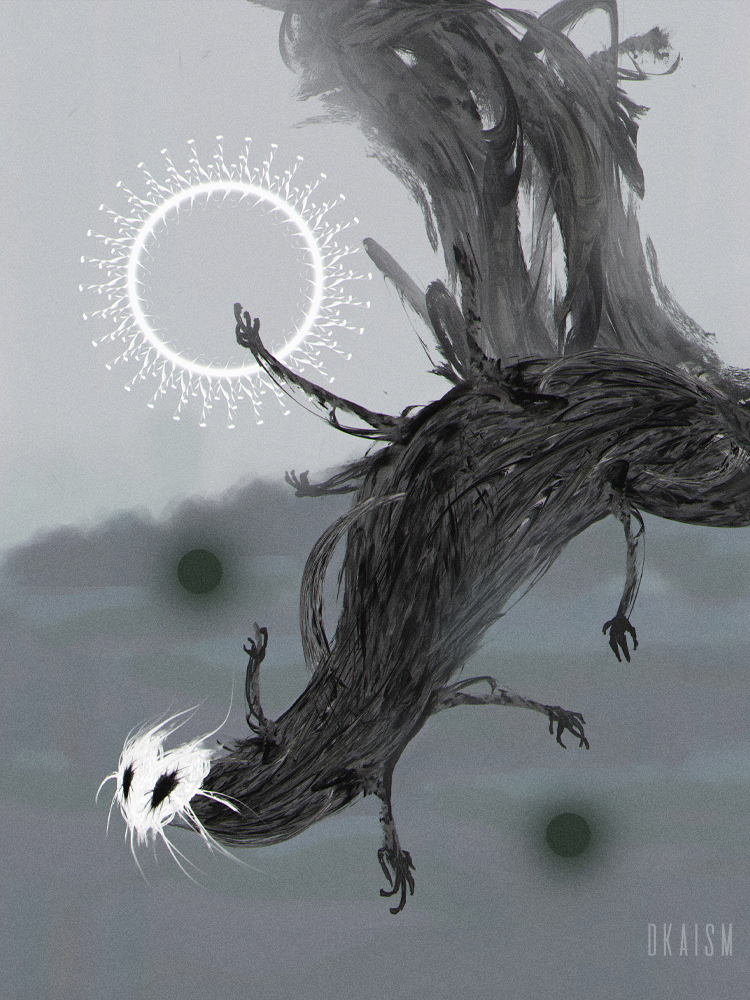
Lotan
The "coiled one" in Canaanite mythology, Lotan is a serpent similar to the Leviathan. Lotan served Yam, a sea deity, and fought Hadad-Ba'al, the sky god. The existence of Lotan is significant to the Canaanite mythology of Creation as Lotan represents the void in which light and darkness were separated when he was defeated by Hadad-Ba'al. This is a motif parallel to several other Creation mythologies in ancient Middle East, especially in Egyptian mythology where Lotan is featured as a seven-headed creature. Lotan is a creature of chaos before the orderly creation of the universe.
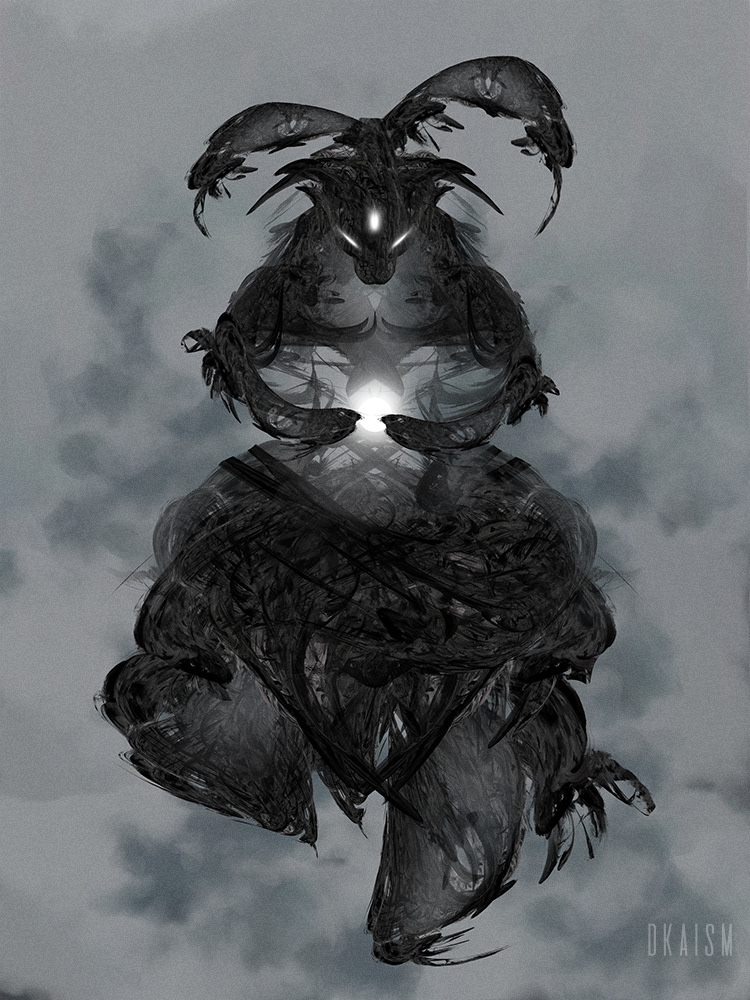
Asarluhi
In Sumerian and Akkadian mythologies, there are minor deities that were known only in certain villages. Asarluhi is one of those obscure gods, but throughout time, he became more well-known and acknowledged as the god of magical knowledge. Some texts also highlight his role in exorcism rituals, specifically in Sumerian religions. Asarluhi’s other name is Namshub in other ancient texts, describing his role as a protector god, a deity that lights the way for the other gods. Eventually, Asarluhi syncretized with a major god Marduk, a major deity in the ancient city of Babylon. Thus, original "Asarluhi" was forgotten, and simply became "one of the fifty" names of another god.

Turan
In Etruscan mythology, Turan is the goddess of love and beauty. Before syncretizing with Greek & Roman mythology, the ancient Etruscans had their own religious beliefs. Turan is equivalent to Aphrodite and Venus. Literature about Turan survived along with few other goddesses in the historical region of Northern Italy. She was also called “Turanna” portraying more of a “fairy” or a spirit form who aims to promote romantic love and happiness between couples.

Buer
In Solomonic Literature, Buer is a teacher of natural science & philosophy, and possesses a strong specialty in healing any disease—in accordance to the command of his master magician—through herbs and natural medicine. Buer is a demon summoned by King Solomon, through a ring given by Archangel Michael, helping Solomon with his tasks especially when it comes to healing and herbal expertise.
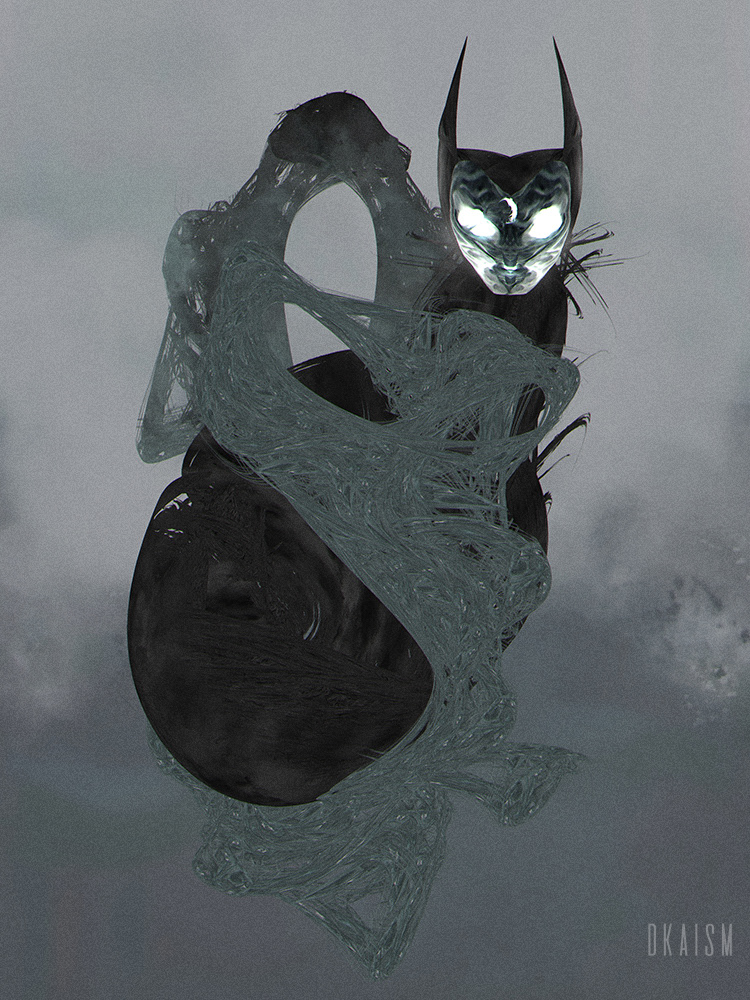
Bastet
In the ancient city of Bubastis, Egypt, people worshipped a cat goddess named Bastet, symbolizing fertility, motherhood, happy homes, and warmth. Through many years, her representation evolved from being a fierce lioness, to a more familiar cat that we usually see in modern homes. Yet, despite Bastet’s change of appearance, her roles remain, and even made her way to popular culture. Cats are depicted as creatures feared by evil spirits, featuring their old role as underworld guardians.

Raguel
In Judaic literature, Raguel is the angel of justice and vengeance. His role is about promoting harmony and redemption, watching over earth and calling out luminaries that transgress against the laws of God. In popular fiction, it is familiar that demons and angels interact with humans to make an interesting story. Raguel, however, has the responsibility to check-in with these celestial beings if they ever overstep their boundaries, interfering with situations they are not supposed to be involved in.
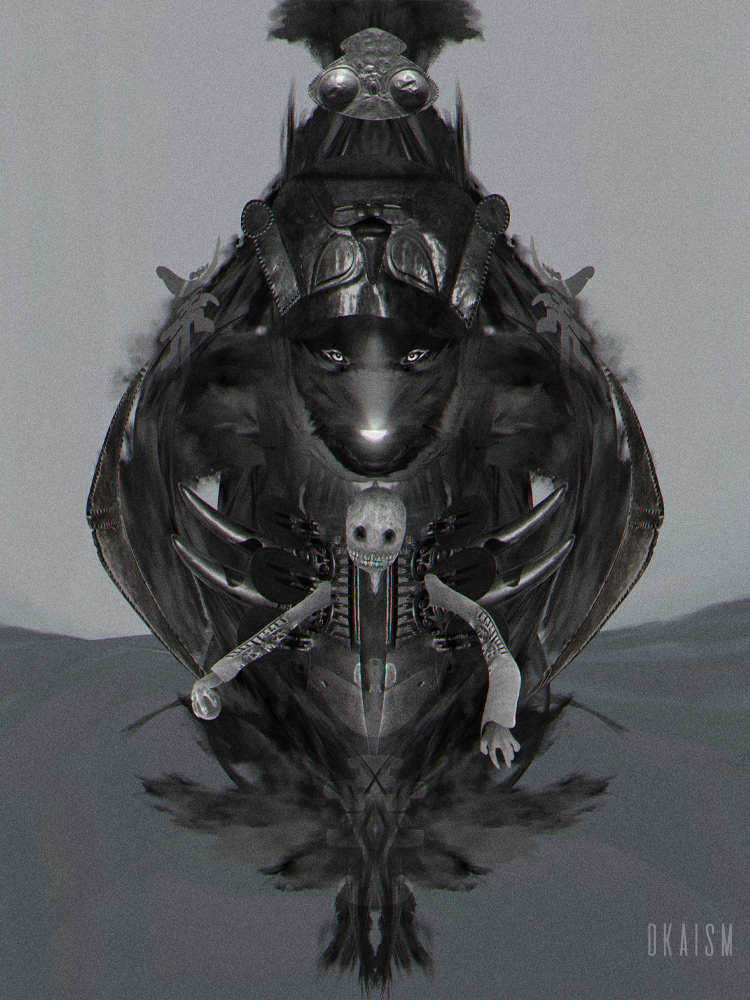
Be'tang
In Philippine mythology (Bugkalot/Ilongot), Be'tang is a type of ancient spirit. They are highly mysterious, shape-shifting spirits that live in forests and wilderness. Their forms are unpredictable, and written documents describe that a Be'tang can look like a huge deer, a long-tongued horse, a dog, a woman, or any form that may not make sense to humans. They can have small heads and long arms, or have fur and have beast heads, or all of the above. Be'tang spirits are not only strange in appearance, but also they have a weird set of abilities. They can trick humans and bend people’s perception of time. Be'tang spirits can target the mind, even enter a person’s dreams and trap them in it.
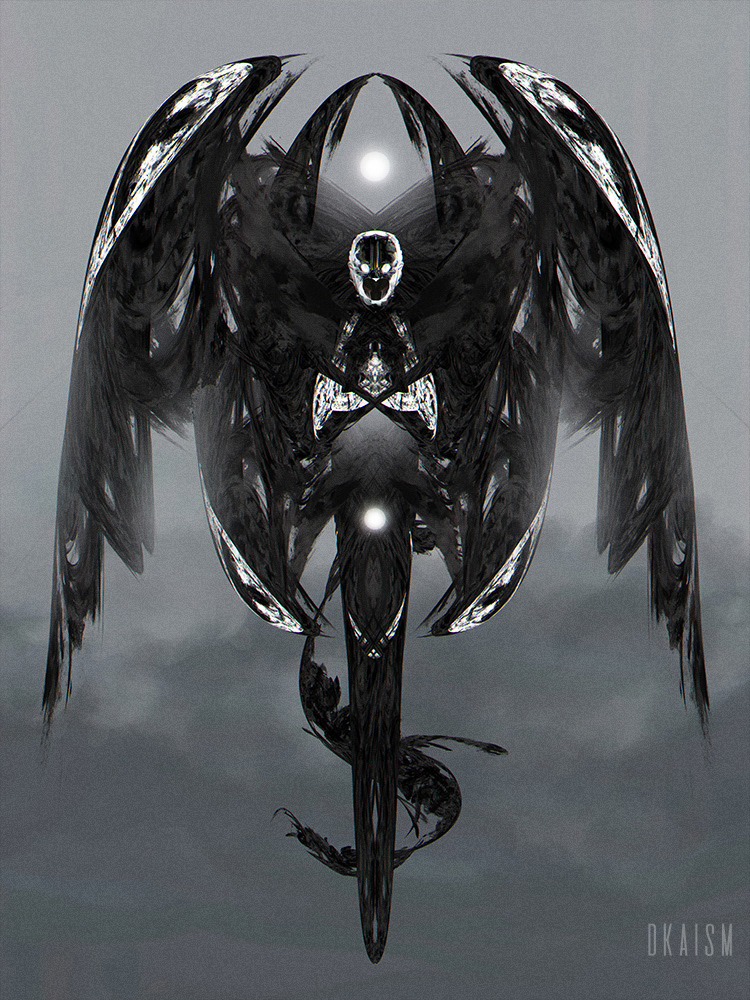
Erebus
In Greek mythology, he is the ancient, primordial deity of the shadows. The personification of darkness itself.


